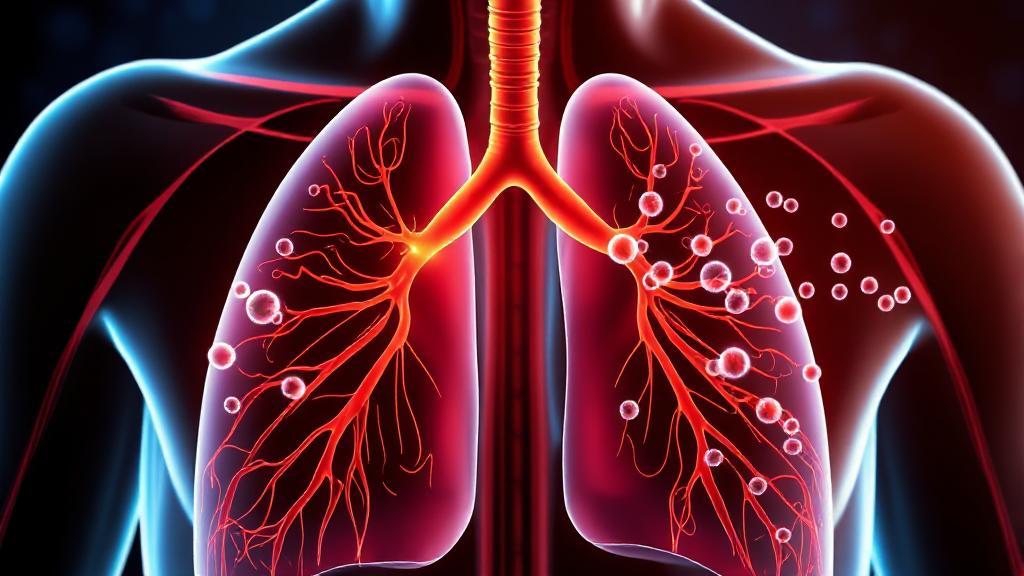Introduction to Albuterol
Albuterol, also known as salbutamol, is a medication commonly used to treat respiratory conditions such as asthma and chronic obstructive pulmonary disease (COPD). It belongs to a class of drugs known as bronchodilators, which help to relax muscles in the airways and increase airflow to the lungs. This beta-2 adrenergic agonist is available under brand names like Ventolin and ProAir.
The Respiratory System and Mechanism of Action
Beta-2 Adrenergic Agonist Function
Albuterol functions primarily by targeting beta-2 adrenergic receptors in the smooth muscles surrounding the airways. When albuterol enters the body, it triggers a cascade of cellular events:
- Receptor Binding: Albuterol binds to beta-2 receptors on airway smooth muscle cells
- Activation of Adenylate Cyclase: This binding activates adenylyl cyclase
- Increase in cAMP: Converts ATP to cyclic AMP (cAMP)
- Reducing intracellular calcium
- Muscle Relaxation: Leading to bronchodilation
Rapid Relief Mechanism
One of albuterol's most valuable characteristics is its quick action. Within 3-5 minutes after inhalation, patients typically experience:
- Easier breathing
- Reduced wheezing
- Decreased chest tightness
- Improved air flow
"The bronchodilator effects of albuterol typically last 4-6 hours, making it an excellent choice for both maintenance and rescue therapy." - American Journal of Respiratory Medicine
Administration Methods
Available Forms
- Inhalers:
- Metered-dose inhalers (MDIs)
- Dry powder inhalers (DPIs)
- Nebulizers: For patients who may have difficulty using inhalers
- Tablets and Syrups: Oral forms for systemic treatment
Metabolic Considerations
The body processes albuterol primarily through the liver:
| Process | Timeline | Result |
|---|---|---|
| First-pass metabolism | 2-4 hours | Inactive metabolites |
| Renal excretion | 24 hours | Complete elimination |
Side Effects and Safety
Common Side Effects
- Tremors
- Nervousness or anxiety
- Headache
- Increased heart rate (tachycardia)
- Insomnia
- Muscle cramps
Serious Side Effects
- Chest pain
- Severe allergic reactions
- Paradoxical bronchospasm
Risk Factors
Certain populations require careful monitoring:
- Patients with cardiovascular disease
- Those with thyroid disorders
- Individuals with diabetes
- Pregnant women
Clinical Applications
Albuterol serves as a cornerstone treatment for:
- Acute asthma exacerbations
- Exercise-induced bronchospasm
- COPD management
- Bronchitis
Research Developments
Recent studies from the National Institutes of Health suggest potential new applications for albuterol, including:
- Treatment of hyperkalemia
- Management of certain muscular disorders
- Novel delivery systems for enhanced efficacy
For more detailed information, consult resources such as the American Lung Association or the National Heart, Lung, and Blood Institute.
